The Springfield Planning and Zoning Commission voted 6-1 against Springfield Public Schools' request to acquire land for a new Pipkin Middle School at its July 13 meeting, aligning with the recommendations of city staff.
The Springfield Public Schools Board of Education has final authority.
Located at 3207 E. Pythian St. in Springfield, the property is currently only accessible by Pythian from the west, situated between BNSF railroad tracks, U.S. Highway 65 and manufacturing facilities, including a 3M plant.
July 13, Springfield's planning commissioners voiced concerns over whether a school on the site would be compatible with Forward SGF, the city’s comprehensive plan, and the limited accessibility to the property, especially for emergency vehicles.
SPS Deputy Superintendent Travis Shaw said that while they believed it was important to have the Commission’s support “for what voters have already endorsed” with the passage of Proposition S, the school board was prepared to intervene.
Proposed Pipkin site doesn’t conform to comprehensive plan
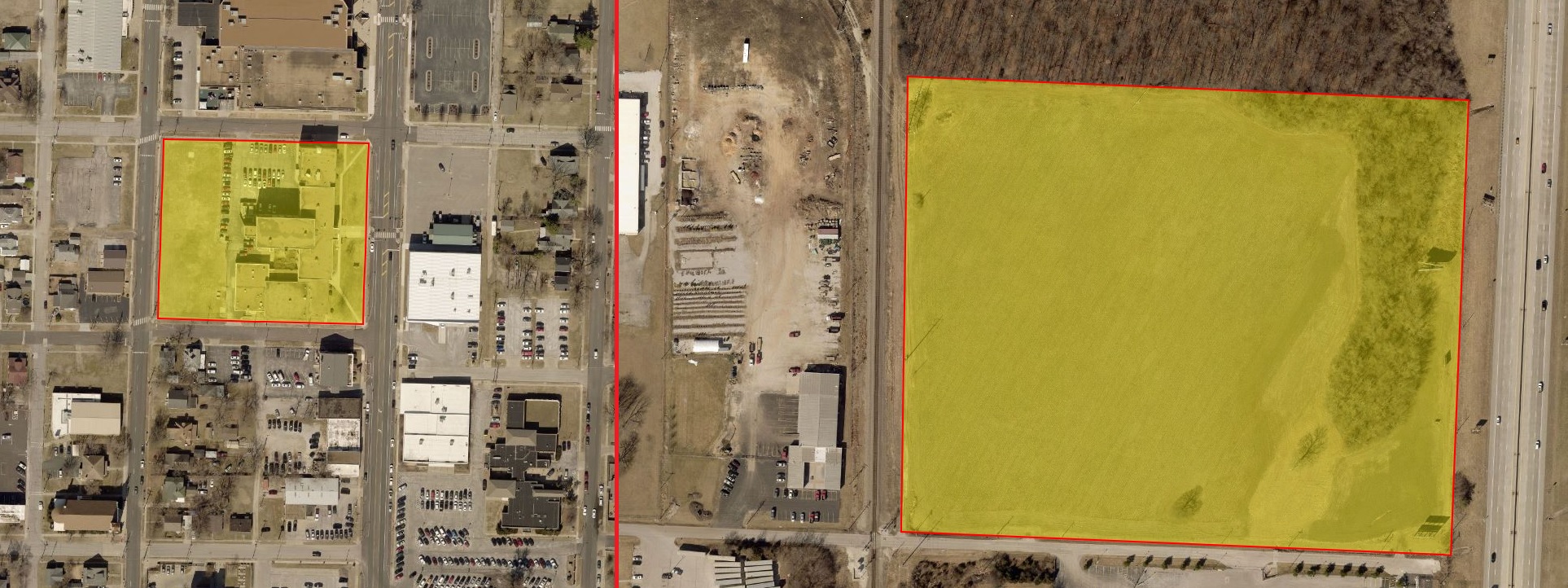
The Commission’s vote — and comments — mirrored the recommendation of denial by city staff, who argued the school district’s request to acquire the property for the purpose of building a school was not in line with Forward SGF.
The city staff report cites several parts of Forward SGF. The plan recommends schools, which are an “essential component of an urban neighborhood and source of pride and neighborhood cohesion,” be accessible through different forms of transportation by neighborhoods, and people of all ages, abilities and socioeconomic groups.
At 20.99 acres, the site is nearly seven times as large as the property of the current Pipkin Middle School at 1215 N. Boonville Ave., which is 3.07 acres, and more than four miles away.
The 20.99 acres is currently owned by 4GS Investments-B LLC, but under contract with SPS after unanimous approval of the acquisition by the school board, even though the property was not initially for sale.
The site is identified by the comprehensive plan as of the “business flex” place type, which “includes areas with an eclectic mix of light industrial, office, storage, warehouse, and distribution centers, complemented by the occasional commercial sales and services.”
In addition, the property is zoned for heavy manufacturing, as are the adjacent properties to the north, south and west of the site. Springfield Public Schools is exempt from the rezoning requirements of other developments, according to Bob Hosmer, the city’s planning manager.
SPS landed on proposed site after exploring other options
The relocation of Pipkin was made possible by the recommendations of the Community Task Force on Facilities and the overwhelming passage of Proposition S, the $220 million bond issue that passed in April 2023. The school system seeks to relocate Pipkin to, “provide sufficient space for a new building, outdoor activities, parking, a bus lane and improved, safer traffic flow for student drop-off and pick-up.”

Shaw told commissioners the current Pipkin school is “landlocked,” and said it was impossible to provide outdoor activities and safety improvements. He said that the district explored “more options than you can possibly imagine,” but it was ultimately a “tremendous challenge” to find land big enough in central Springfield.
“Our collaborative community is known for finding creative opportunities to help prepare students to be success-ready for a rapidly changing workforce, including opening doors for education and industry to coexist — this property provides the opportunity to do just that,” Shaw said.
While the new location will restrict other forms of transportation, Shaw said it would expand bus service for students, and ultimately help families who lack viable transportation options, increase attendance and boost academic achievement.
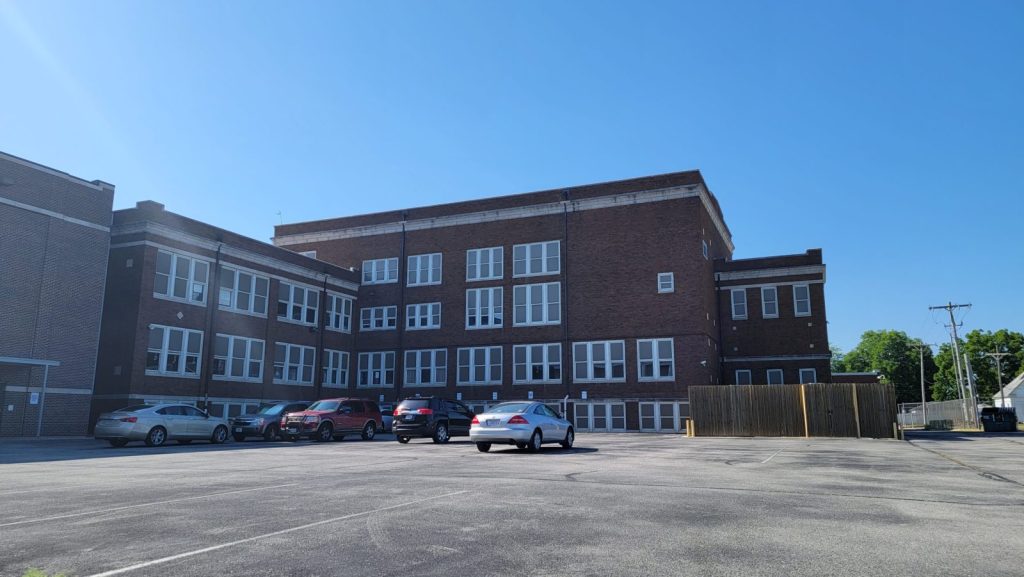
“Pipkin is one of our higher poverty-rated schools…transportation is a challenge for them. Moving it to this site actually helps that problem,” Shaw said. “It will make approximately 80 to 85 percent of our students now bus-eligible, and so they will no longer have a barrier to get to school.”
Construction of a new Pipkin Middle School is estimated to cost more than $53 million.
Railway company found out about Pipkin at last minute, concerned about proposal
BNSF Railway, the company that owns the tracks to the west of the property in question, was only made aware of the potential project shortly before Thursday night’s meeting. In an email to the Planning and Zoning Commission, BNSF Director of Government Affairs Jeff Davis said he found out about the district’s plans by reading a July 12 article by the Springfield News-Leader about the city’s recommendation.
Due to finding out at the last minute, Davis said the railroad company was unable to send someone to represent BNSF to the Planning and Zoning meeting. In his email, Davis expressed several major concerns with the project:
- The school design doesn’t allow for a point of access from Division Street;
- The at-grade crossing at Pythian does not include crossing improvements or roadway signal installations, which could cost over $1 million, on a rail line that typically sees more than 30 trains a day, each of which is required, per federal regulations, to sound the horn when passing by the school;
- The design proposal should include fencing along school property adjacent to the railroad and Highway 65.
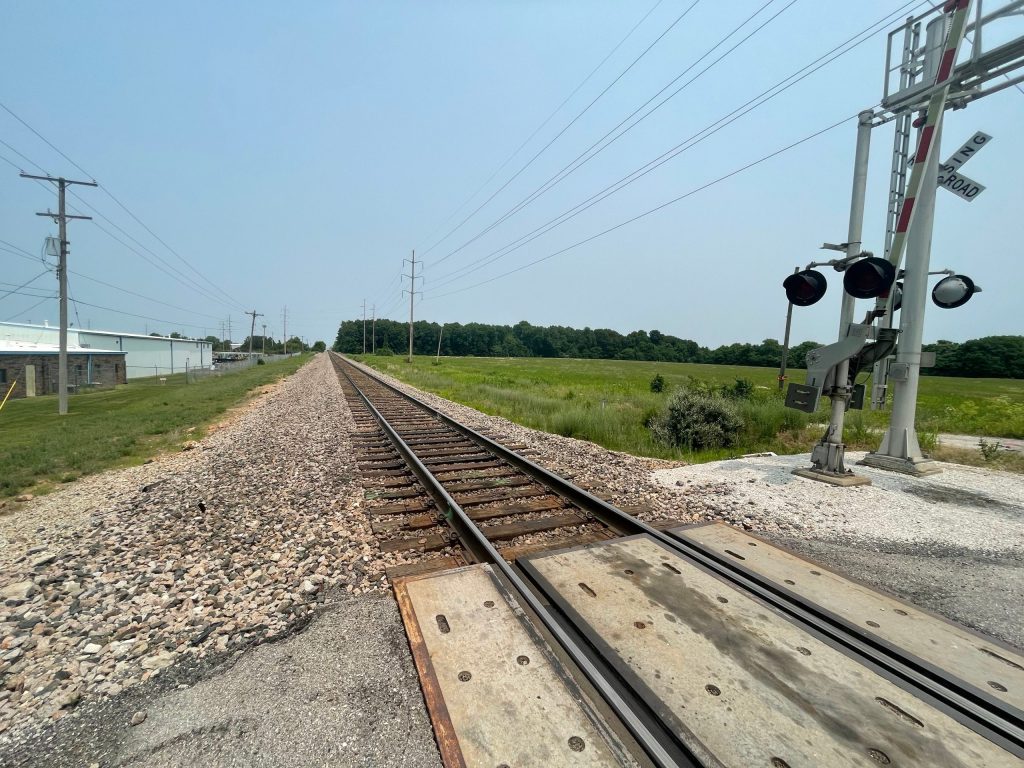
Davis says in the email there has been no communication with the Missouri Department of Transportation or BNSF to schedule a diagnostic examination of the crossing to determine necessary improvements, some of which can take two to three years to complete, which BNSF would insist upon prior to the school opening to students.
Based on a 2006 study, BNSF, MoDOT and other agencies are pursuing a grant to construct an overpass, known as a “grade separation,” over the railway on Division Street, Davis wrote.
However, Shaw expressed doubt that the overpass would be built anytime soon, and said a project like a bridge or overpass would be out of the school district’s budget. If a railroad overpass were constructed over Division Street, part of the plan would be to connect it to Pythian, allowing traffic to avoid the railroad tracks, Shaw said.
“Connecting to the proposed ‘grade separation’ realigning Division Street over BNSF’s railroad tracks would be the best way for SPS to guarantee parents, school buses, first responders and members of the public have 24-hour unrestricted access to the proposed location for Pipkin Middle School,” Davis’ email reads.
Easements for emergency access
Throughout the discussion, emergency vehicle access was repeatedly brought up by the commissioners, despite Shaw’s explanation that a solution for an alternative route for first responders would be sought.
Shaw said the district was in conversations with the Springfield Fire Department and property owners to the north and south of the proposed site to acquire emergency access easements. With north-south access along the west end of the 3M facility’s property, and added fire lanes and striping, Shaw said it was a “very viable” option for emergency access.

Despite the assurance that steps were being taken to address concerns regarding access by first responders, Springfield Planning Commissioner Bruce Colony wanted something more concrete.
“It would be a lot easier to consider this option if we knew that a solution for access was available,” Colony told Shaw. “But it’s not currently available, we only hope that we’re going to get a grant…If you could come to me and say ‘we’re going to build a road from Division, and we’re going to put a bridge over the railroad at Division and it is definitely going to happen,’ then this would be an easier conversation to have, but agreeing to put a school in a place where first responders can’t get there in the event of a school shooting or a fire or health issues or whatever is a pretty hard leap for me to make.”
Commissioner Betty Ridge echoed Colony’s concerns, saying that even if only one student was in need of emergency care, a passing train could pose a serious problem and that there is the possibility of a need for a larger scale response than one emergency vehicle.
Commissioners point to timing of announcement of proposed Pipkin site
The property came under contract in late March, according to Shaw, shortly before the district’s March 30 announcement of the proposed new Pipkin site and the April 4 election. Commissioners Eric Pauly and Dan Scott were dispirited by the timing of the announcement, limiting the opportunity to educate voters before they cast their ballots for or against the $220 million bond issue.
“One of the things though that the voters were unaware of at that time, myself included, was the location that Pipkin was going to be moved to,” Pauly said. “So I do have a little bit of a problem with the idea that that information wasn’t made available to the public, or wasn’t publicly announced until five days before the election. It doesn’t seem like enough time to get that out there so that people can make an informed decision on it.”
“This is the closest I’ve ever came to voting against anything from the school system,” Scott said. “I usually am the first vote ‘yes.’ ‘Bait and switch' is the wrong term, but the lack of information or waiting until the last hour for that announcement made me suspicious that something was up.”
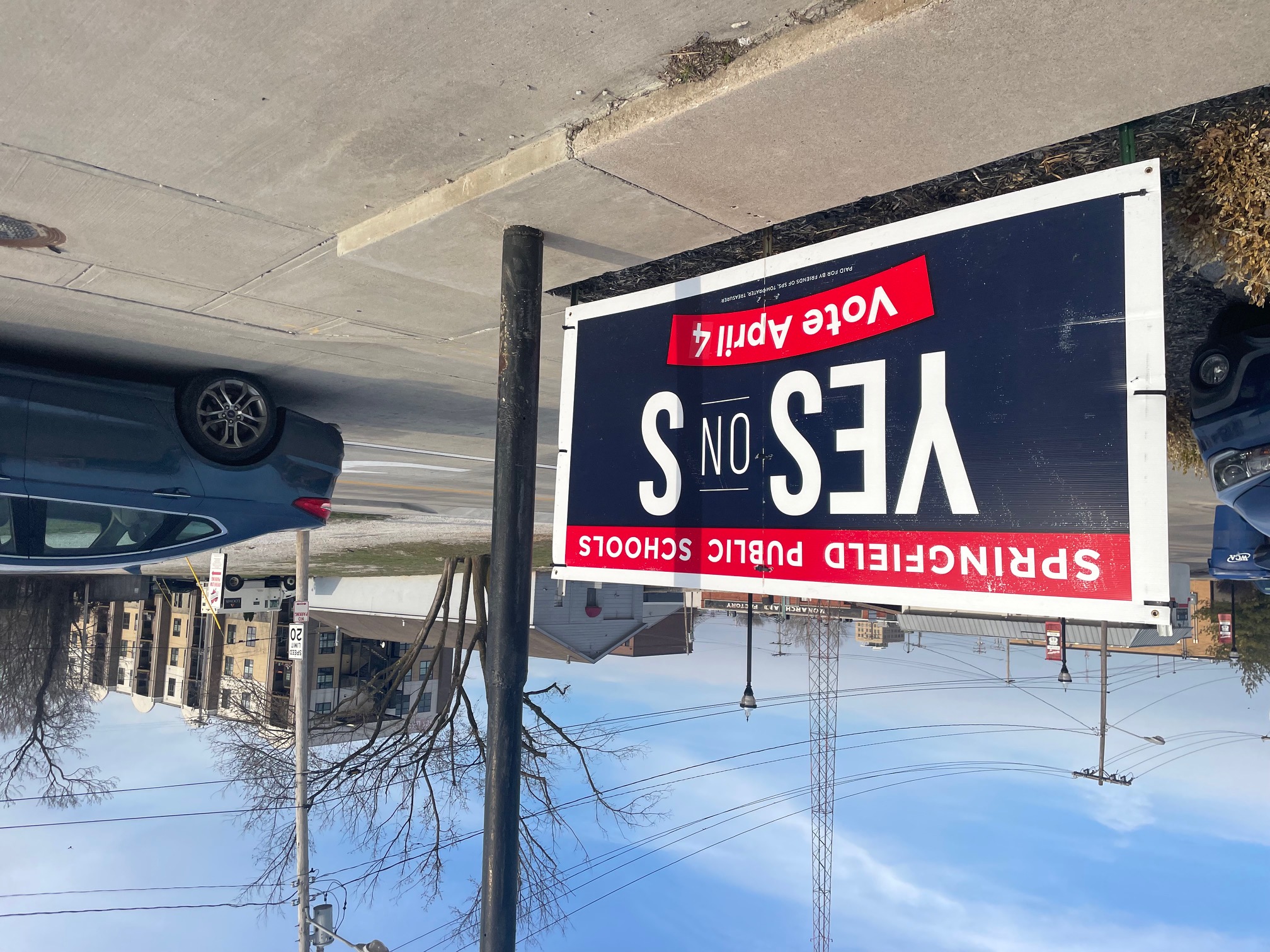
Alternate locations suggested
Scott, who attended Pipkin Middle School, said that the proposed site was a “lousy” solution by the district, and inquired as to why they didn’t try to plan the new school in a neighborhood “ripe for redevelopment.”
“Trying to consider that you have to find a 10 acre greenfield, like here on the outskirts of the city, to me, is not necessarily justifiable,” Scott said. “I think there’s other options.”
Jeff Childs, who was involved in seeking out a suitable property for the district and is a senior advisor real estate firm SVN/Rankin Co., disagreed with Scott. Childs said the process of buying up people’s homes was easier said than done.
“If the city wants to give up a bunch of property downtown where we’re located right now, or Greene County or Evangel or City Utilities or any of the other institutions that hold the majority of the property in the district that Pipkin is, then maybe that’s something that could’ve been considered, but that was never brought to the table,” he said.
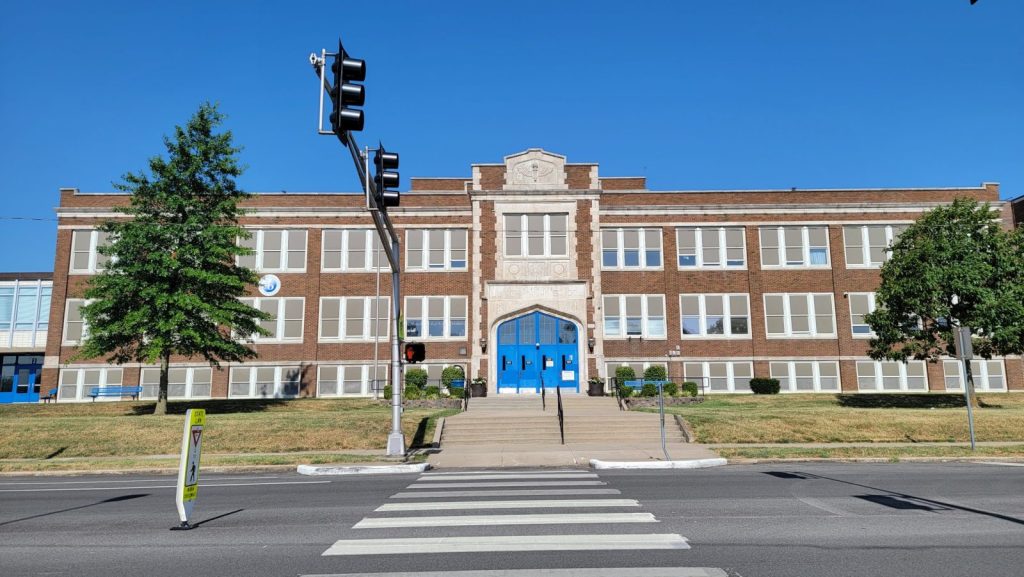
Childs acknowledged some of the commissioners' concerns were valid, but the school district ultimately determined the proposed site was the best available location for a new Pipkin.
“Unlike other developments that happen, whether it’s retail or commercial or whatever it may be, the school system doesn’t have the luxury of changing the market,” Childs said. “We can’t go to a different market, so we had to work with what we had to work with, and this site happened to be a site that was workable for what the needs are and that’s how we got to where we are today.”
Colony suggested the district look into purchasing a parcel of land on the west side of the train tracks held by the same property owner, or swapping land with the Springfield-Greene County Park Board, which owns the nearby 127-acre Cooper Sports Complex. In response, Childs said there were discussions with the Park Board, but the Park Board ultimately didn’t want to sell any property.
“I think there are other options available, and I think we need to keep trying,” Colony said.
Commissioner Natalie Broekhoven described the proposed Pipkin site's proximity to Highway 65 and the 3M facility as a “chronic issue.” She suggested the district assign a development team to identify property that isn’t simply a vacant tract of land.
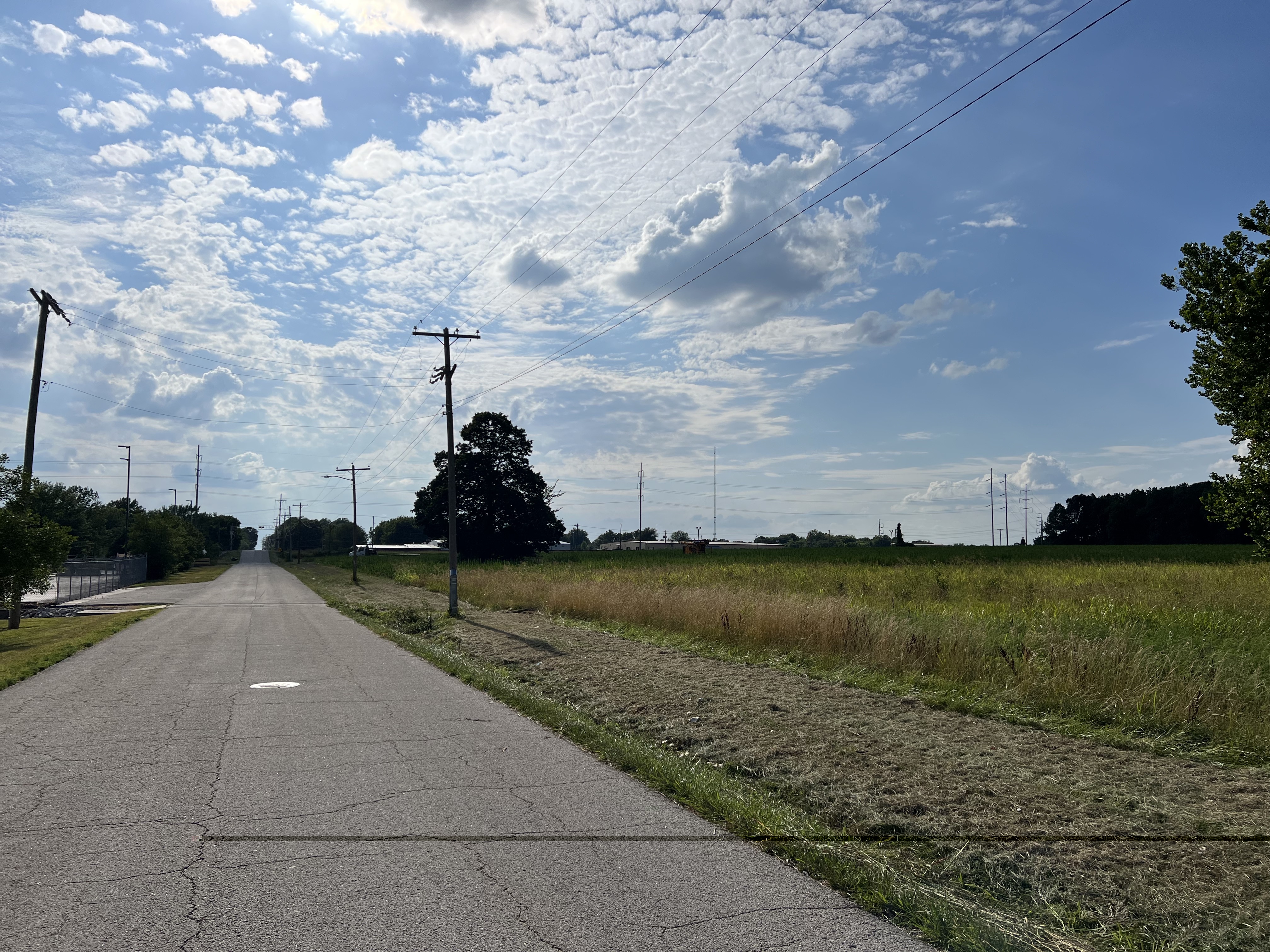
Commissioners consider compliance with comprehensive plan
Scott said the Planning and Zoning Commission's vote against the district’s new Pipkin site, no matter the school board’s potential overruling, was necessary in order to preserve the credibility of the Commission, Forward SGF and city staff.
“Looking at this and seeing how it does run counter to Forward SGF and what has been laid out there, this particular location, the way that this is written and looking at the information we have on this, it’s almost dystopian in its approach to it,” Pauly said, agreeing with Scott.
Commissioner Britton Jobe, who was the lone vote in favor of the district’s application, said that SPS was in an “unenviable” position with limited options.
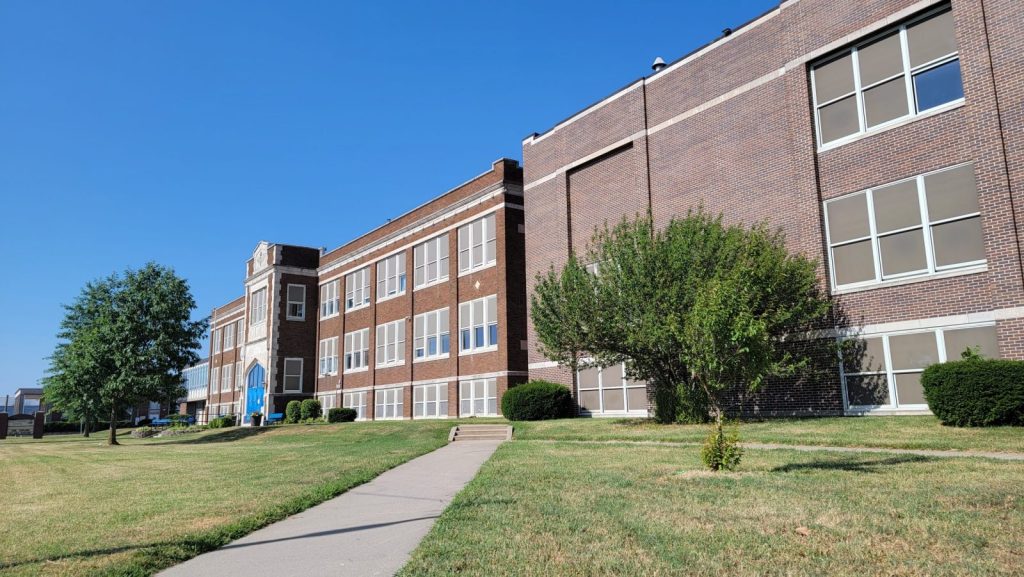
“I am not choosing to look at the question of whether this fits in with our comprehensive plan as a single factor variable or in a vacuum,” Jobe said.
While he agreed it was not the best location for a school, he said it was not his place to second guess the school board and discussions they “had no right” to be a part of.
“So as far as I’m concerned, I believe that this is consistent enough with our comprehensive plan in light of the circumstances which this applicant is presented with,” Jobe said.
Commissioners Chris Lebeck and Carl Knuckles were absent from the July 13 meeting.
SPS responds to the Commission’s vote
A statement provided by Springfield Public Schools Chief Communications Officer Stephen Hall said SPS understood the process followed by the city, but was ultimately “disappointed” with the decision and in disagreement with some of the comments made by commissioners.
“The district has explored all options, including many of those mentioned tonight by the commissioners,” Hall said in the statement. “SPS remains confident that the property at 3207 E. Pythian is the best option for the new Pipkin Middle School…The Board is prepared to authorize the final purchase of the 20.9 acres of undeveloped land and we anticipate this action will be taken in August. With that approval, the project will move forward on time, with groundbreaking in early 2024 and completion in early 2026.”
A vote of two-thirds of school board members can overrule the rejection by the Commission. SPS' application will not go to the Springfield City Council for consideration.
Hall reiterated some of the remarks Shaw made on the benefits the new Pipkin location will have, and the need to fulfill plans made in Proposition S.
“We are excited by the many possibilities the new location provides the Pipkin community and we look forward to next steps,” Hall's statement reads.


